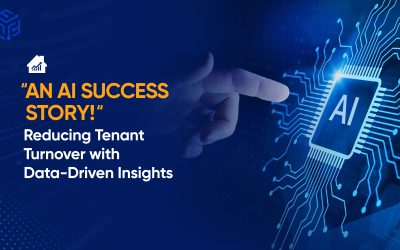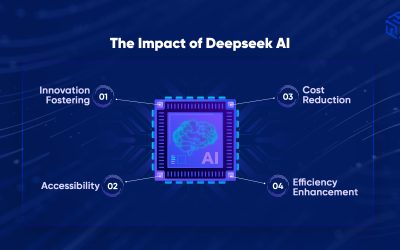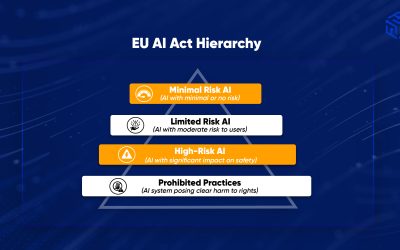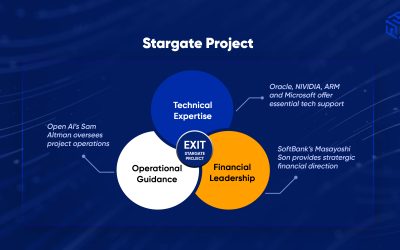Microsoft and Google are embracing Agentic AI. Learn how Fusefy helps you build intelligent agents at scale.
Predicting and Preventing Tenant Churn with Fusefy’s AI Solution
Understand the EU AI Act’s key implications, timelines, and prohibited AI practices. Stay compliant and informed with our expert insights.
AI Hype: Just ‘Silly Old Programs’? Narayana Murthy Weighs In
Narayana Murthy critiques India’s AI hype, calling many so-called AI tools just “silly old programs” disguised as innovation.
AI Cost Revolution: DeepSeek’s Impact & Fusefy’s Strategy
Understand the EU AI Act’s key implications, timelines, and prohibited AI practices. Stay compliant and informed with our expert insights.
Navigating the EU AI Act: Key Implications, Timelines, and Prohibited AI Practices
Understand the EU AI Act’s key implications, timelines, and prohibited AI practices. Stay compliant and informed with our expert insights.
Trump’s Latest AI Announcements: Stargate Project Ushers in a New Era
Trump’s latest AI announcements with the Stargate Project, a transformative era in artificial intelligence, innovation, and technology.





